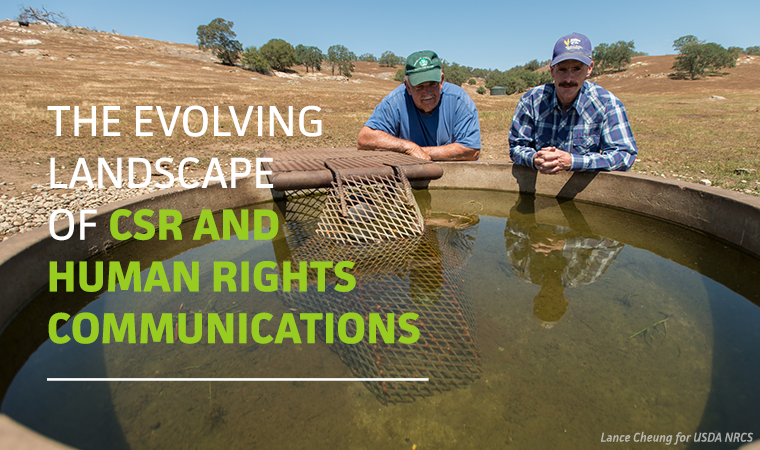
A relatively obscure labor rights advocate named Charlie Kernaghan delivered testimony to Congress in 1996 that led to one of the biggest PR crises of the U.S. apparel and footwear industry—the revelation of inhumane working conditions, including child labor, in factories producing goods for major American brands. Kernaghan’s organization, then known as the National Labor Committee, was poorly-funded and understaffed. Yet he succeeded in making sweatshop labor in overseas factories a national story, and in doing so, changed how multinational companies view their responsibility for labor law compliance in global supply chains.
Kernaghan’s work put the issue of corporate responsibility and human rights on the map. But since then, the topic has evolved from one focusing primarily on developing countries to one that also considers human rights issues in the U.S. I shared some of my thinking on this topic recently in the latest volume of the PRNews CSR & Green PR Guidebook. It discusses how the landscape of corporate responsibility and human rights has changed, and how companies are responding to it, from Nestlé’s initiative on water security to Walmart’s high-profile minimum wage increase for U.S. employees.
Read the article, The Evolving Landscape of CSR and Human Rights Communications, and consider buying PRNews’ full guidebook, which features a range of corporate responsibility topics, from cause marketing to sustainability reporting.